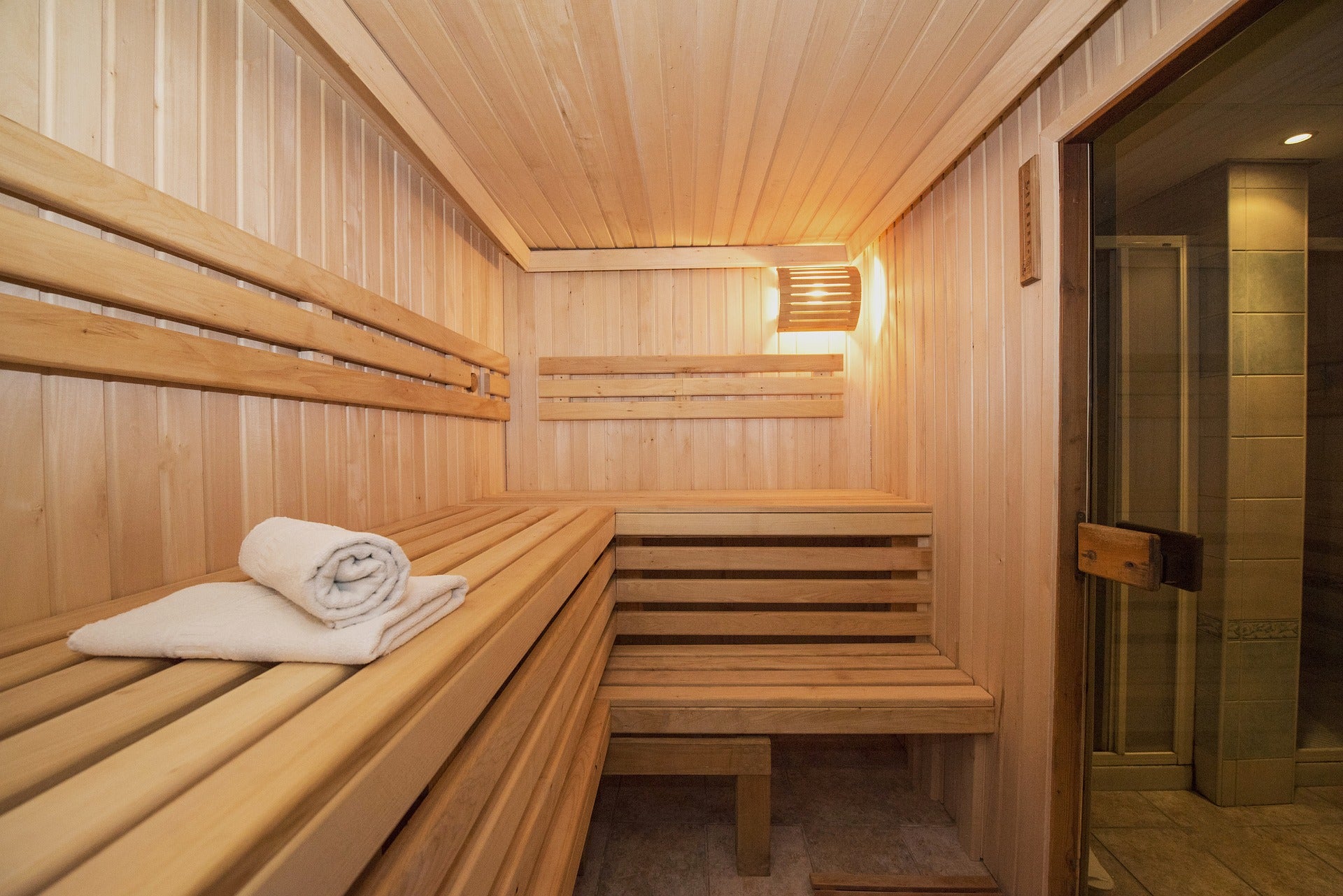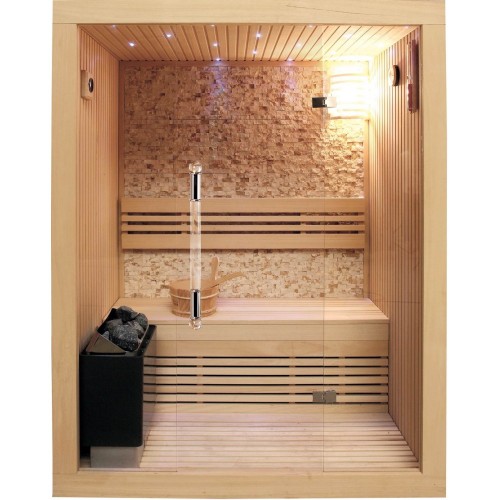The Buzz on Traditional Sauna
The Buzz on Traditional Sauna
Blog Article
Some Known Incorrect Statements About Traditional Sauna
Table of ContentsTraditional Sauna for BeginnersGetting My Traditional Sauna To WorkWhat Does Traditional Sauna Mean?The Ultimate Guide To Traditional SaunaTraditional Sauna for Dummies
A lot of the weight lost in a sauna is water loss and is re-gained upon rehydrating. Without a doubt sauna can be an important component of a healthy weight loss program. To look at the differences in between conventional and IR saunas, I will divide these into proven, theoretical, and made distinctions.Therefore, the most popular point in the saunawhich goes to the ceiling directly over the sauna heateris normally between 185 and 190 F. Claims that a conventional sauna exceeds 200 F is merely not true and not relevant for electrical saunas offered in the United States. The temperature for a far-infrared sauna is typically established between 120 and 140 F; however, unlike the typical sauna, the goal in and IR area is not to achieve a heat.
As a result of this, the temperature difference is nearly unimportant, given that excessive sweating results in both sauna types, yet the method of warming the body is various. In an IR sauna the bather will really feel warm and will sweat profusely, but at a lot reduced temperatures (Traditional Sauna). Therefore, if the objective is to invest longer durations of time in the sauna, the IR sauna is an excellent choice
When a conventional sauna has been appropriately heated, the sauna wall surfaces are cozy, the air temperature level has actually achieved set temperature level and the rocks are extremely heated. As an intriguing side note, the heated wall surfaces and the rocks are sending out far-infrared heat, incorporated with the warmed air, to create an "enveloping warm".
All About Traditional Sauna

When the heat is attained, the components cycle on and off to maintain the heat. The majority of traditional sauna users take pleasure in pouring water over the rocks to produce vapor to elevate sauna humidity degrees. The benefits of putting water over the rocks consist of: making the space much more comfortable, dampening the nasal flows, and allowing the use of aromatherapy by blending essential oils with the water.

When the power enters the body, it creates the body temperature to boost and ultimately results in perspiration. In an infrared sauna it is essential for the emitters/heaters to remain on virtually regularly. Because there is no mass of rocks to preserve heat, the sauna will certainly cool down if the emitters turned off.
As pointed other out above, the sauna bather in an infrared space wishes to position himself in front of operating emitters to obtain optimal take advantage of the warm. The home heating time for the two areas can be very different, relying on how the rooms are made use of. For a conventional sauna, a bather needs to allow 30-40 minutes for the space to accomplish a desired temperature and to appropriately pre-heat the rocks.
Rumored Buzz on Traditional Sauna
A well created sauna will commonly accomplish a temperature of 150-160 F in regarding 30-40 mins. For hotter temperature levels, the area may need to heat for a longer period. Once the room achieves set temperature, the heating unit will cycle on and off, usually operating about 50% of the time. The protected walls and the warmed rocks will certainly keep the room hot and at secure temperatures.

Typical saunas have a tendency to be larger (hence utilize more electricity) than infrared saunas, although typical saunas are certainly readily available in one and two individual sizes. For a two-person standard sauna, 5x6 or 5x7 size is most prominent. The top bench can pleasantly seat 2 or three people and is also long sufficient to rest useful reference during the sauna session.
Rumored Buzz on Traditional Sauna
The ordinary price per kWH of electrical power in the U.S. is around $0.11, so a 4.5 kW heating system will certainly set you back roughly $.50 to compete one hour, if the heating unit runs continually for one hour. Usually a sauna heating unit will certainly run for 75% of the initial hour and 50% of subsequent hours on because the elements cycle once the established temperature level is attained.

There is a rarely discussed difference in the social experience in between the two rooms. While our society has lost a few of the social benefit of the traditional sauna experience, it can be very socially rewarding (Traditional Sauna). From family members time in the sauna, to heart-felt conversations with better halves, to sauna partiesthe typical sauna experience can cause intimate socializing
The 6-Second Trick For Traditional Sauna
Many higher end infrared spaces consist of tinted light therapy, sound systems and full-glass fronts.
Report this page